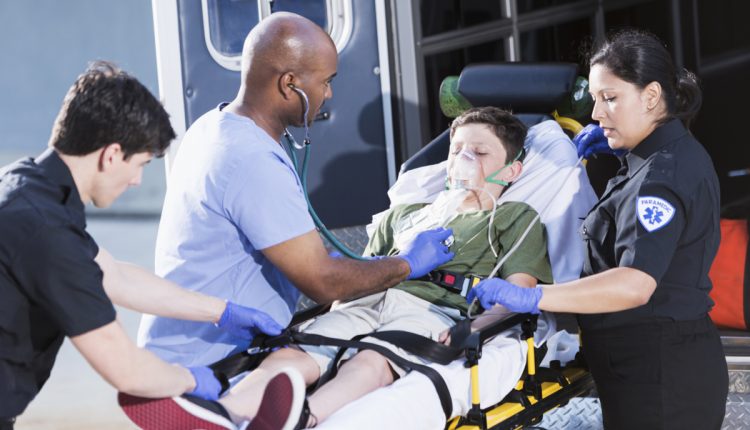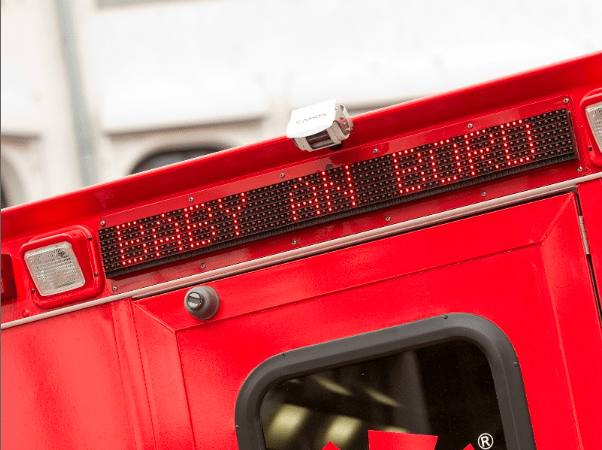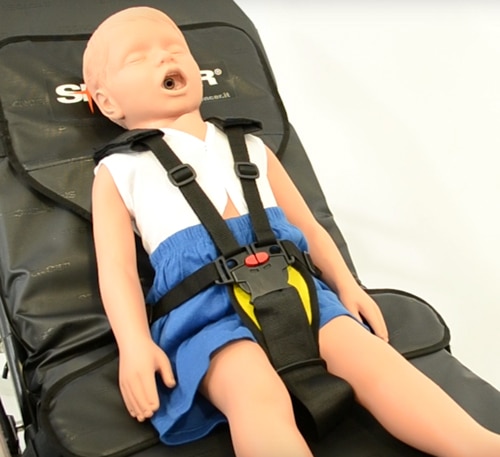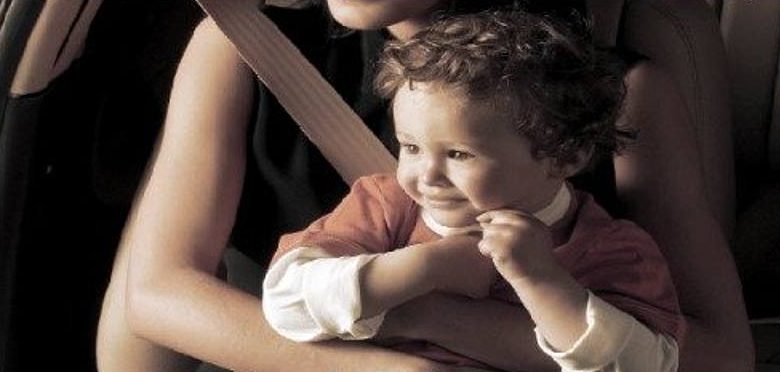
Children safety on ambulance - Emotion and rules, what is the line to keep in pediatric transport?
Pediatric transport on the ambulance with total safety is mandatory for any ambulance professional. The safety of children on ambulances is essential but the European rules are not always respected. What to do to erase any kind of risk?
Knowledge of the consequences, purchase of adequate equipment and application of the regulations are the basis of what each ambulance service must do to keep pediatric transport of patients in safety during an emergency. Because our life is important, but that of the future is even more important.
INTRODUCTION: the ambulance driver and pediatric transport
Entering into the world of pediatric transport implies reasoning in both an emotional and practical mindset which is very different in comparison to the case of an adult patient. Many children are transported to hospitals with family-owned vehicles, therefore healthcare professionals find themselves “impaired” in pediatric cases even on a technical level, having reduced control especially over medical devices and transportation methods. The driving rescuer’s point of view usually includes different thematic and aspects not widely known, that range from security to specific devices such as thermal cradles. Our point of view is usually considered negligible in this field, and the intent of this article is to raise awareness about our role and our responsibilities and to provide some info and some food for thought.

EMOTION: the anxiety that goes with the healthcare professional
From the very first moment, pediatric/neonatal transport has an emotional impact which is different from any other service usually assigned to a team of rescuers, whether in a local emergency or an urgent secondary transport. As for driving rescuers, one of our weak points is that we could be parents ourselves, and we tend to identify ourselves as our first emotion in this kind of scenario. We project ourselves in the hardships that the family is living as if it was happening to us, an unexpected turn of events in which the only lights that shine are the directions given by the rescuers and the healthcare professionals who will take care of the baby during transportation.
A new world felt as a nightmare from which we’d hope to wake up as soon as possible. To us, it’s everyday life, and this emotivity that captures us unveils our weak points, our vulnerability in the uniform, an underlying tension that stays with us all trip long. A tension that makes us strive for precision and accuracy in every choice and action, never to be destructive, or else it would make us run into a series of multiple mistakes.
Furthermore, understanding of the situation and having a different point of view compared to people who do not have babies at home might serve as another source of inspiration to clearly show the parents the journey through which we’ll accompany their most precious belonging to the destination, for further treatment. Our confidence and understanding can be valuable in giving the family a little tranquillity, at least concerning the journey, for the part of their adventure in our world of emergencies, streets and ambulances. First, we show step by step what we’ll do, how we’ll secure their baby and we remind them not to follow the emergency ambulance.
Obviously, the ones who are not parents themselves will still feel the responsibility, but at least they won’t have the feeling of being on the other side. Transforming what could be a weak point into something productive is one of the many facets of our job, so little known.
How do you fight emotivity? With experience, education and practical knowledge of our tools. Everyone could add from this base his own thoughts, but the firm basis of our profession has to be education. Experience comes with time, and even a new employee must clearly know what a neonatal/pediatric transport is and have excellent practice with the tools he’ll have to use. Everyday life is very different.
TRAINING: researches, studies and risk factors
Current basic training, so differentiated, is not specific regarding this theme, and we come down to practice these kinds of situations the first time they happen on the job.
Everyone looks at how a thermal cradle or medical devices work, but when it happens on duty, we realize we were not as ready as we thought. A research published on “Clinical Pediatrics” 2014, Vol. 53, demonstrates how a large number of newborns/babies are badly transported with an ambulance, due to different factors: materials, rescuers training and different ways every single rescuer operates. The study dates back to 2009 and takes into consideration 40 child transportations, and the biggest mistakes were for children under 3 years of age, where the risk taken is always unbound transportation in the parent’s arms. Anyway, the number of medical services involving babies is definitely inferior to the ones involving adult patients. Generally, many children are transported to hospitals with the family’s own vehicles.

Sometimes healthcare professionals, especially the ones who do not continuously operate in medical transportation, demand the drivers “creative” transportation solutions that go against the Highway Code and the drivers, for their part, do not explain to the medical staff on board the standard rules to follow for immobilization and safe transport of young patients.
Our community then creates some sort of obsequious fear about making rules be respected and utilizing those correct devices that protect the driver on a legal level and that, most of all, protect the patients in the best possible way.
In many countries, the decision of transportation of a family member or a tutor is to be delegated to the medical personnel on the scene. In case of a patient’s family member or a tutor in an ambulance, an attentive evaluation of the situation has to be conducted (i.e. the need of invasive manoeuvres during transportation), as to decide if he could travel in the medical compartment of the vehicle or beside the driver favouring, as a precaution, the latter.
On the other hand, it’s curious that as far as helicopter transportation is concerned, standard responsibilities are respected, and as a matter of fact transportation of relatives on rotary-wing aircraft happens after a suggestion of the medical team, but with the rescuing vehicle commander’s final authorization. The responsibility of the vehicle and the people carried in it (and this includes the load and its proper immobilization) is all on the driver.
We’d have to remind that in case of minor patients, we’ll be compelled to carry one of the parents/relatives or a tutor in case of absence of a legally responsible parent. This falls outside the Highway Code as it’s comprised that road vehicles for special uses are characterized by being permanently equipped with special equipment and mainly destined to the transportation itself.

All of this leads to important thoughts, such as correct training for healthcare professionals and a deeper awareness of one’s own responsibilities and duties. In the aforementioned example, there’s a clear reference to a technical responsibility asked the medical staff.
Which instruments to guarantee safe neonatal transport?
Education should be split across different theoretical and practical topics, starting with the theoretical study of the Highway Code and of all its practical implications, coming to getting a deep understanding of all the medical devices for rescuing and all atraumatic transport devices, with all the adjustments offered by latest technological discoveries and by studying closely the different cases and situations one could encounter in his working career. And last but not least, as a privileged mean of transport for neonatal transportation, the thermal cradle, with all the specifics sockets for electric supply, oxygen and additional medical attachments.



